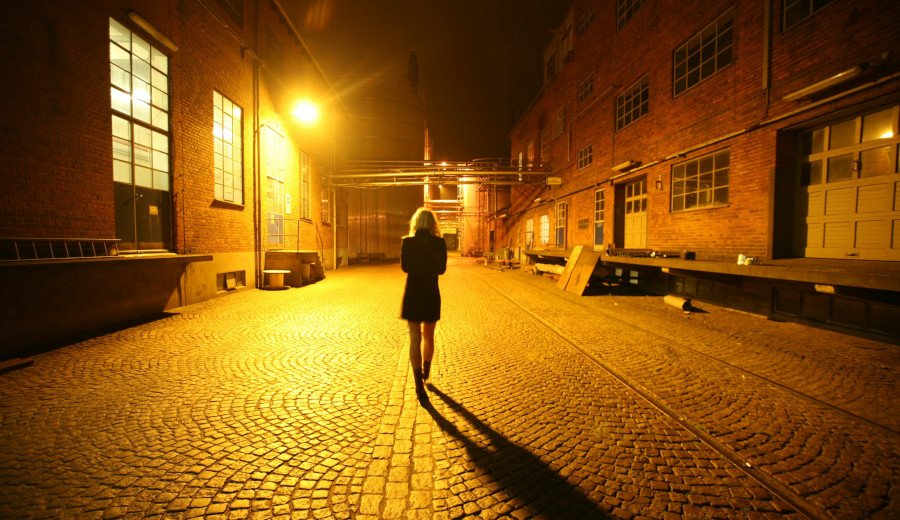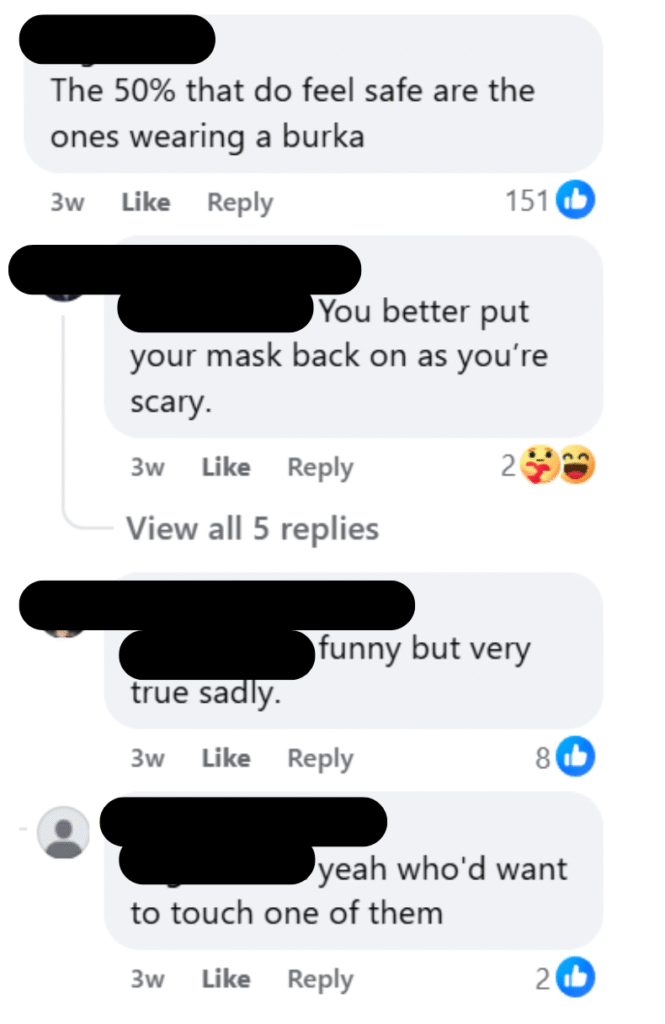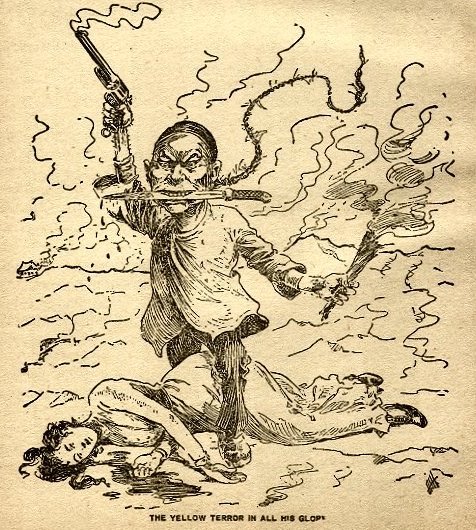How violence against women became a weapon for racist propaganda

Written by Leila Hawkins
Photo: Photo by Rene Terp / creative licence

According to a recent ‘shock poll’, more than half of London’s women don’t feel safe on the streets, and a similar number believe that the city has become less safe in the last five years. Despite the headline’s phrasing, these findings will not come as a surprise to London women. This is in no small part because of the number of high profile murders of young women over the last five years, and the failures of the institutions supposed to protect them.
After sisters Nicole Smallman and Bibaa Henry were killed in 2020, they would suffer the further dehumanisation of being photographed by two police officers who posed with their bodies for selfies, and then forwarded the images on to others.
In 2022, Zara Aleena was sexually assaulted and murdered by Jordan McSweeney, a known violent offender with nine previous spells in jail. The case drew national attention when it emerged that McSweeney had been released from prison by mistake due to a lack of probation officers.
But it was the rape and murder of Sarah Everard the previous year that sent chills through all of Britain. Wayne Couzens, a Metropolitan police officer as well a member of a special unit tasked with patrolling diplomatic buildings, stopped Everard on the street as she was walking home at night under the pretense of breaking Covid-19 lockdown rules. He then handcuffed her and drove her almost 130 kilometres away. What happened next does not need revisiting here.
In a spectacular display of tone deafness, the police published ‘advice’ on their website on what to do should you be approached by a plain clothes officer while on your own. Their tips include calling 999 to verify their ID, or asking them to put you in touch with their local police station via video call, “and they will be able to conduct the necessary checks and provide reassurance that the officer is who they say they are.” What a relief to know that while we are walking the streets on high alert we may conduct identity checks on potential rapists. A small note – could they provide guidance on what to do if the person doesn’t wait calmly by, or turns out not to be who they claim to be?
What do they suggest we do if the police cannot be trusted to protect us? The British Government has set itself the target of halving violence against women and girls within a decade, but it won’t achieve this with flimsy sticking plasters or ignoring the fact that women’s safety is being weaponised to spread racist propaganda, a playbook conceived in the colonial era, now repackaged for the age of social media.
Women’s safety: A useful tool for disinformation

Social media posts about the London poll mentioned above were met with a flurry of comments pointing the finger at ‘diversity’, the ‘third world’, and [London mayor Sadiq] ‘Khan’s army’ (Khan’s parents are originally from Pakistan).
Multiple investigations have revealed how social media is being used to push messages filled with conspiracy theories and fake statistics. The scale of ‘bad bots’ flooding online spaces is immense – estimated at somewhere between 32% of all web traffic at the conservative end, all the way up to 73%.
The danger is when this spills into real life, as we saw with the violent rioting across several British towns in 2024 after false theories spread online over the ethnicity and religion of the killer of three young schoolgirls.
Researchers and journalists have started wising up to the problem of disinformation, but no one has any idea how to embed this across the general public yet. If only there was a lesson somewhere on the use of propaganda as a weapon we could look to.
Terms like ‘uncivilised’, ‘barbaric’, and a ‘threat to our way of life’ have long been used to demonise the Muslim community. Throughout my lifetime these were first aimed at the ‘war on terror’, a lazy title for having the vaguest definition of an enemy in history. Today the enemy are sexual predators operating under the guise of religion or ethnicity. It’s worth examining the dual hypocrisy at play here.
Colonisation in aid of women’s rights

It is undeniable that there is an abhorrent, pervasive problem with women’s freedoms in many parts of the world. But an uncomfortable truth is that it was British colonisers who imposed Victorian concepts of chastity and sexual morality on the countries they invaded, while they dreamt up the noble mission of reforming the local ‘savages’ and rescuing helpless women from their clutches. It was the British who effectively legalised the caste system in India, an especially cruel form of subjugation where women of every class are inferior to men, just to make it easier for the Brits to govern the population. Although now illegal, hundreds of years later it remains the backbone of Indian society, having caused untold misery, poverty and sexual violence.
This colonial mindset has prevailed around the world: in the French treatment of Muslim women in North Africa, the forced conversions under Spanish missionaries in the Americas, and later, in domestic policies during the ‘yellow peril’ hysteria of the early 20th century and the racialised moral panic surrounding the crack cocaine epidemic of 1980s America.
It continues to this day – whether it’s the British far right decrying Muslim grooming gangs to Israeli prime minister Benjamin Netanyahu’s sudden urge to defend the rights of women in Iran, its long-standing enemy.
Scapegoating isn’t new. In fact, blaming the outsider may be the oldest distraction in the book. But until we learn from history to reckon with who the real perpetrator of the abuse is, we will never end violence against women.

READ MORE

2 thoughts on “How violence against women became a weapon for racist propaganda”